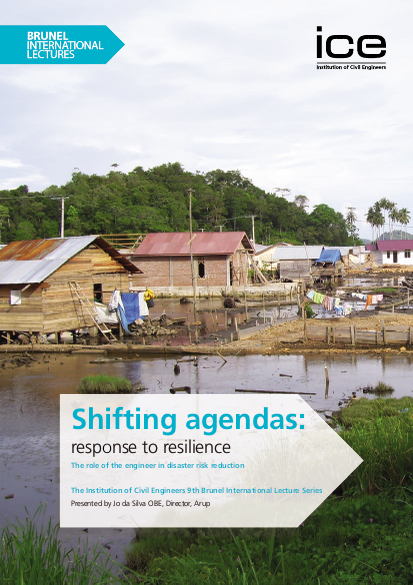
The scale, frequency and severity of natural disasters have risen progressively over the last 20 years. This trend is likely to continue as rapid urbanisation and climate change combine to create a ‘perfect storm’ in terms of increasing levels of vulnerability; a storm which will be further compounded by poverty, environmental degradation and resource scarcity. At present earthquakes represent the most deadly hazard, but weather-related hazards affect the greatest number of people – 2 billion between 2000 and 2009. Global losses over the same period averaged US$100 billion per annum and the Japanese earthquake, with losses of US$210-300 billion, was the most costly disaster event in history. The rapidly escalating cost of disasters is an increasing cause for concern for insurers, businesses and governments, but the true costs of a disaster are felt most acutely at community level and are determined by the community’s ability to recover and rebuild their lives. Investment in reducing the impact of natural hazards and in enhancing the ability of communities to recover is more cost effective long term than dealing with the consequences of natural hazards.
Resource collections
- Climate emergency
- UN Habitat - Urban Response Collection
- Urban Response - Urban Crisis Preparedness and Risk Reduction
- Urban Response Collection - Community Engagement and Social Cohesion
- Urban Response Collection - Economic Recovery
- Urban Response Collection - Environment and Climate Change
- Urban Response Collection - Housing, Land and Property
- Urban Response Collection - Urban Crisis Response, Recovery and Reconstruction
- Urban Response Collection - Urban Resilience